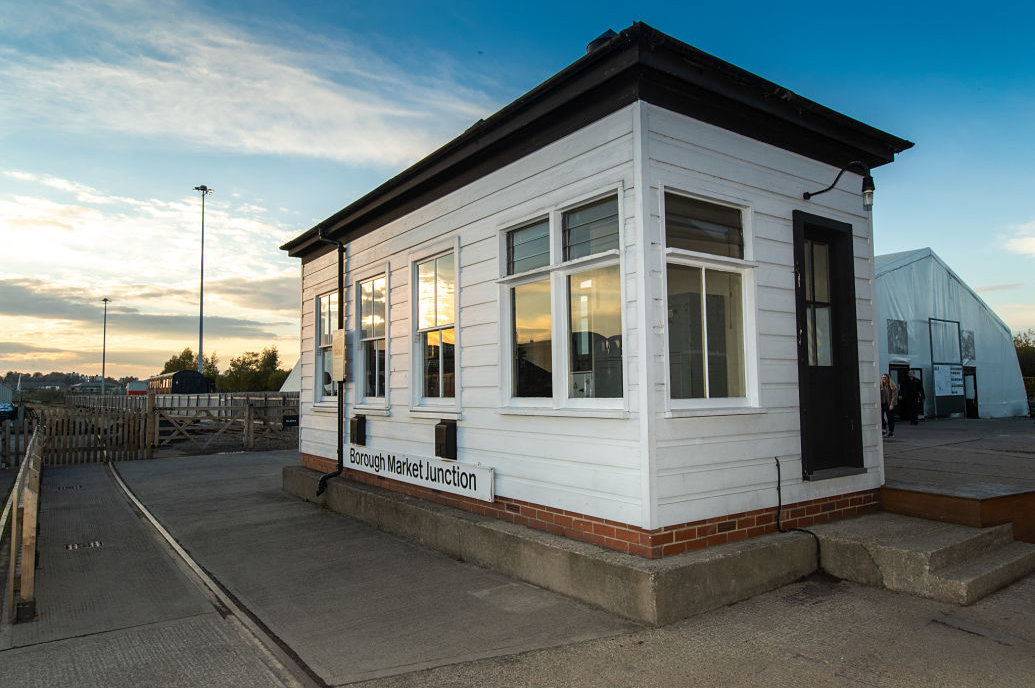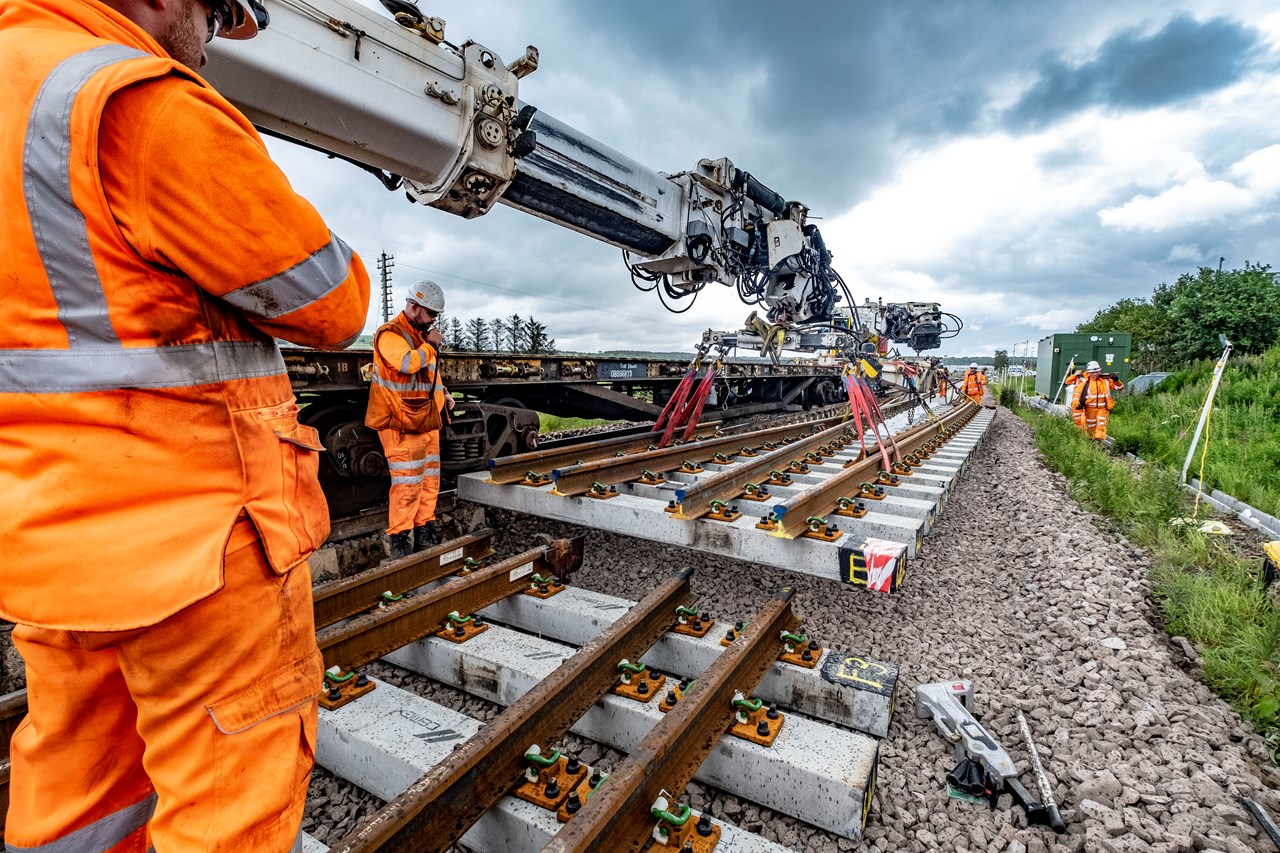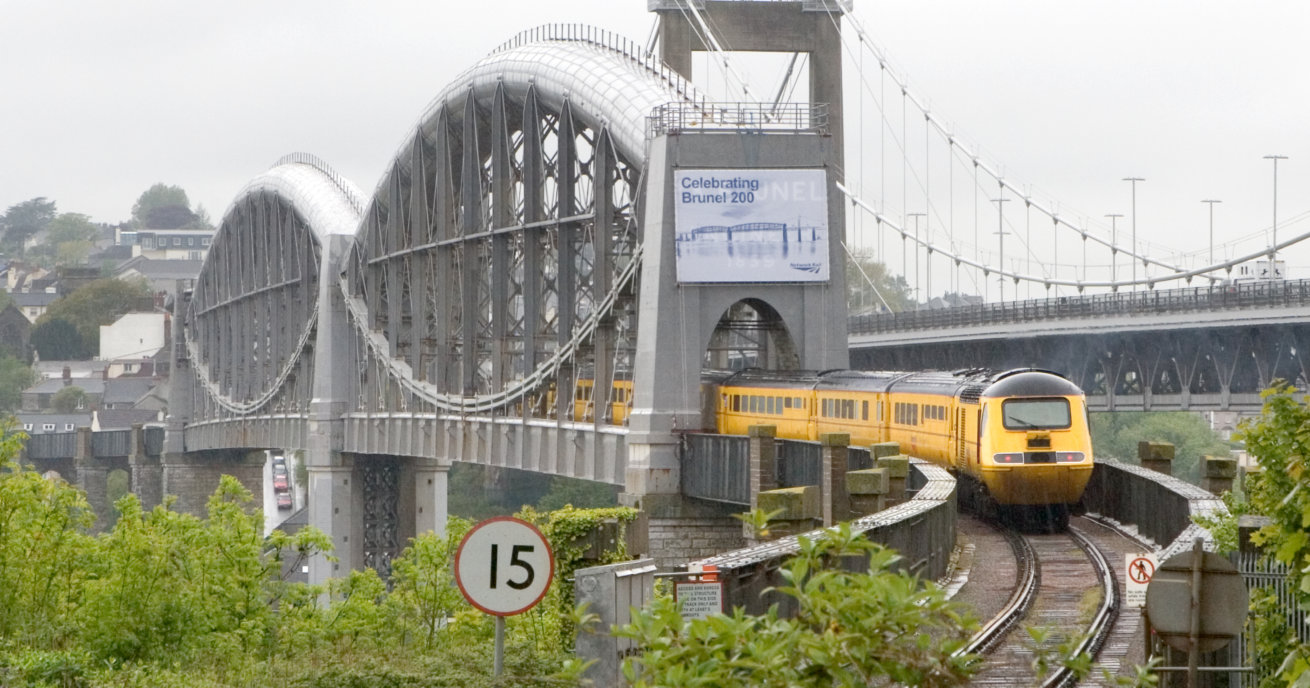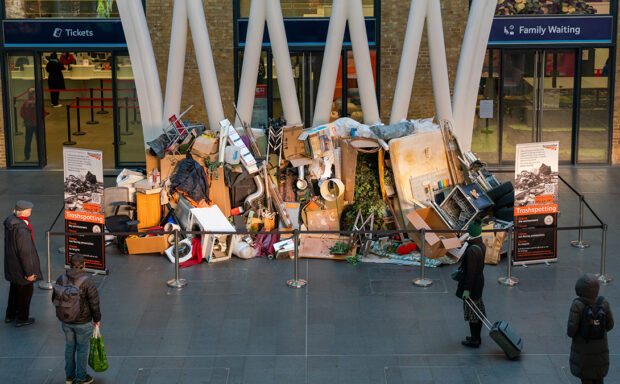Signal boxes are some of the best-loved icons of Britain’s historic railways.
These trackside wooden huts became home to centralised signalling operations more than 130 years ago.
You can still spot them dotted around the railway today. In fact, the world’s biggest working mechanical signal box is still Severn Bridge Junction at Shrewsbury railway station in Shropshire.
Historian and presenter of The Architecture the Railways Built, Tim Dunn, realised a childhood ambition to go inside when he featured it in his television series on Yesterday.
He told us: “I’ve always liked signal boxes. I’ve always found them fascinating. Not necessarily the signalling system but I liked this idea that there are people inside controlling the movement to everything around …
“The chance to go and see the absolute peak signal box or peak historic signal box, that is it.”
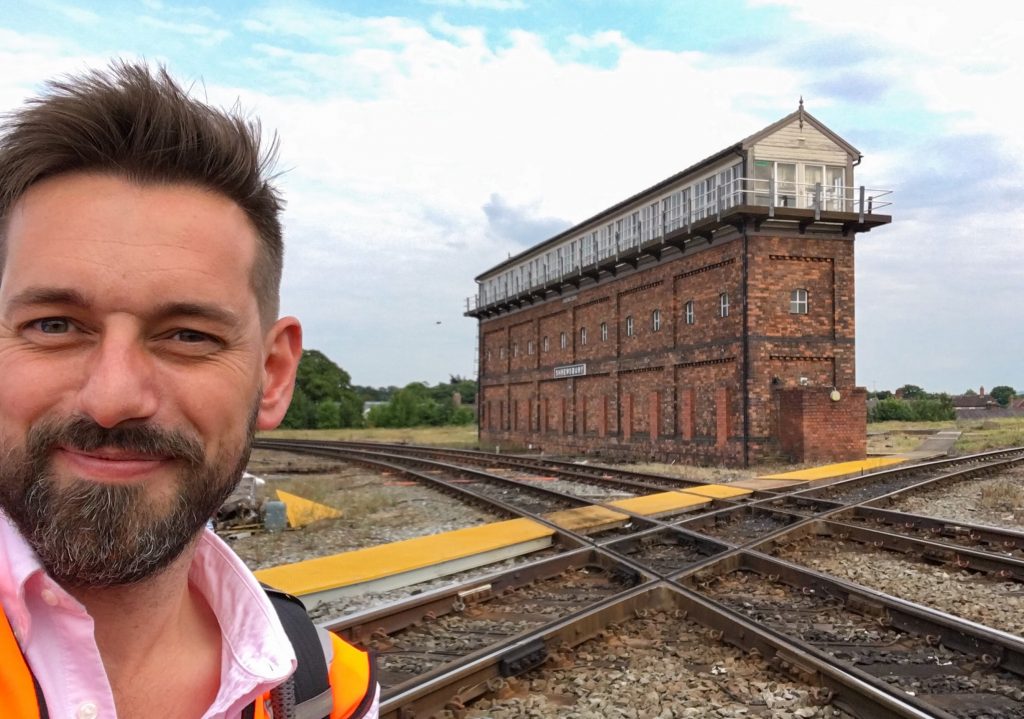
The 1889 Regulation of Railways Act led to the enforcement of a system known as absolute block, according to The Railway Heritage Trust, funded by Network Rail.
It also enforced the interlocking of signals (basically the railway’s traffic lights) and points (movable sections of track that allow trains to move from one track to another).
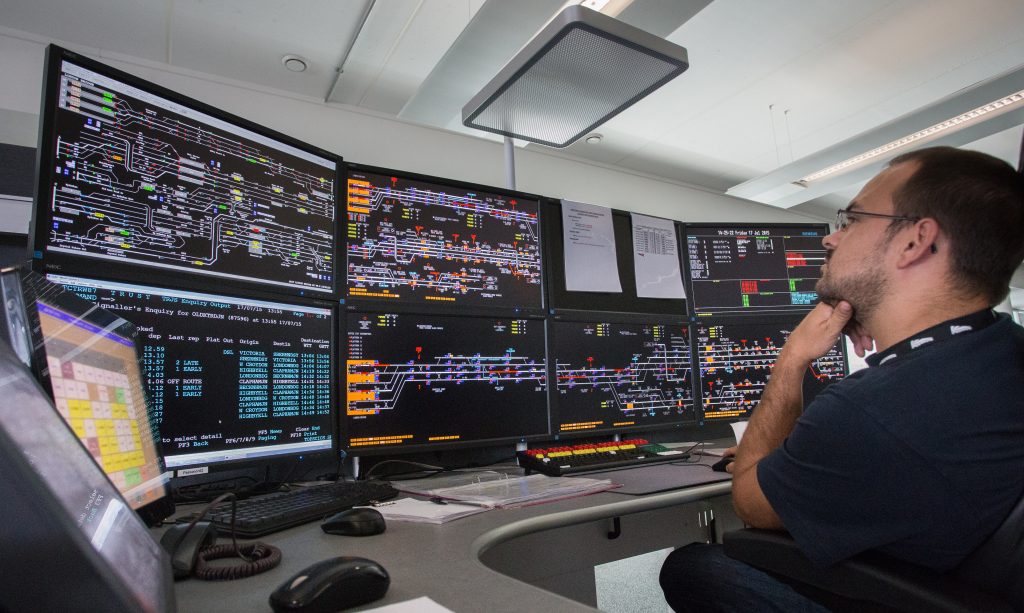
After these rules, signalling operations were centralised in signal boxes. British Railways inherited about 10,000 signal boxes when it was formed in 1948.
But fewer signal boxes still work as part of our signalling systems. At the end of 2019, there were 166 listed signal boxes on our network, including 86 still in use.
Needs to modernise signalling for more reliable journeys mean we’re increasingly moving controls to state-of-the-art Rail Operating Centres.
So what happens to signal boxes when they retire?
We’ve worked with The Railway Heritage Trust to come up with six options for listed signal boxes that are redundant, outlined in the Trust’s annual report …
1. The box remains in situ and Network Rail finds a use for it. This could be as an office for mobile staff. In this case, it could qualify for a grant from the Trust to restore and convert the box for its new purpose.
2. The box moves to a heritage railway for use in signalling. Network Rail will typically dismantle the box and move its parts to the heritage railway, with the Trust funding its new foundation.
3. It moves to a location away from the railway for use in a community, with Network Rail taking the box apart and the Trust paying for its new base.
4. A community or commercial group can take on a full repairing lease on the box if it’s far enough away from operational tracks. These sorts of projects include things like cafes, museums, art studios and holiday accommodation. The Trust would typically award a grant to help the tenant restore the box and potentially convert it to another use.
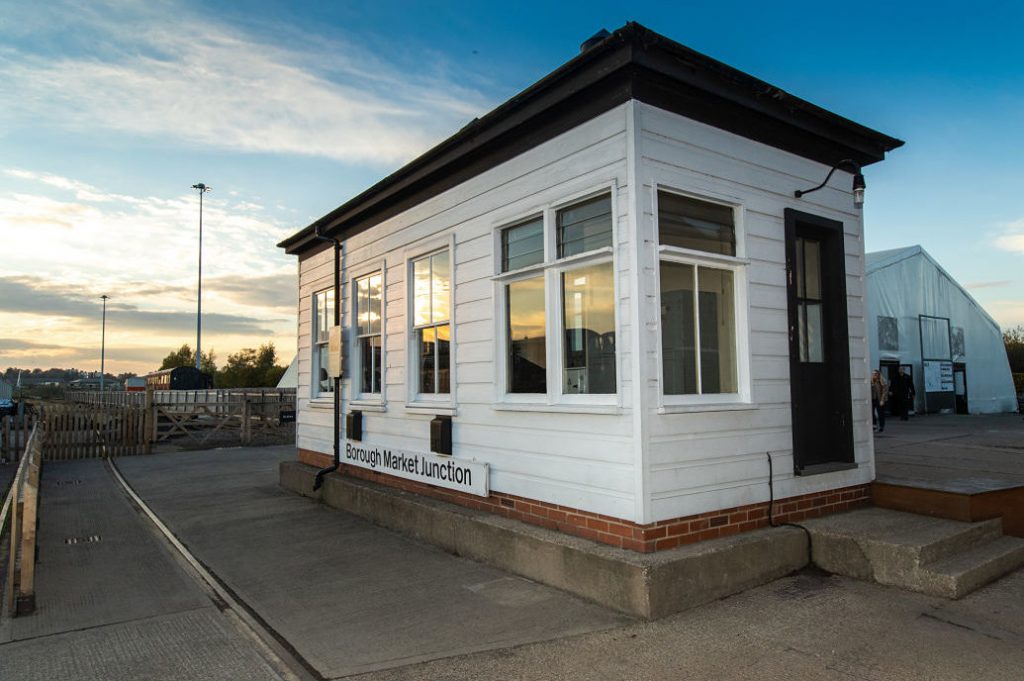
5. It’s still possible for a community group to lease a box close to the tracks if Network Rail retains responsibility for the building’s exterior. A grant would be available for restoration.
6. A small number of boxes are located such that it’s impossible to find a new use for them. These boxes would be restored on the outside and protected from vandalism.
Are you interested in preserving a redundant listed signal box? You can contact the Trust to talk about options.
